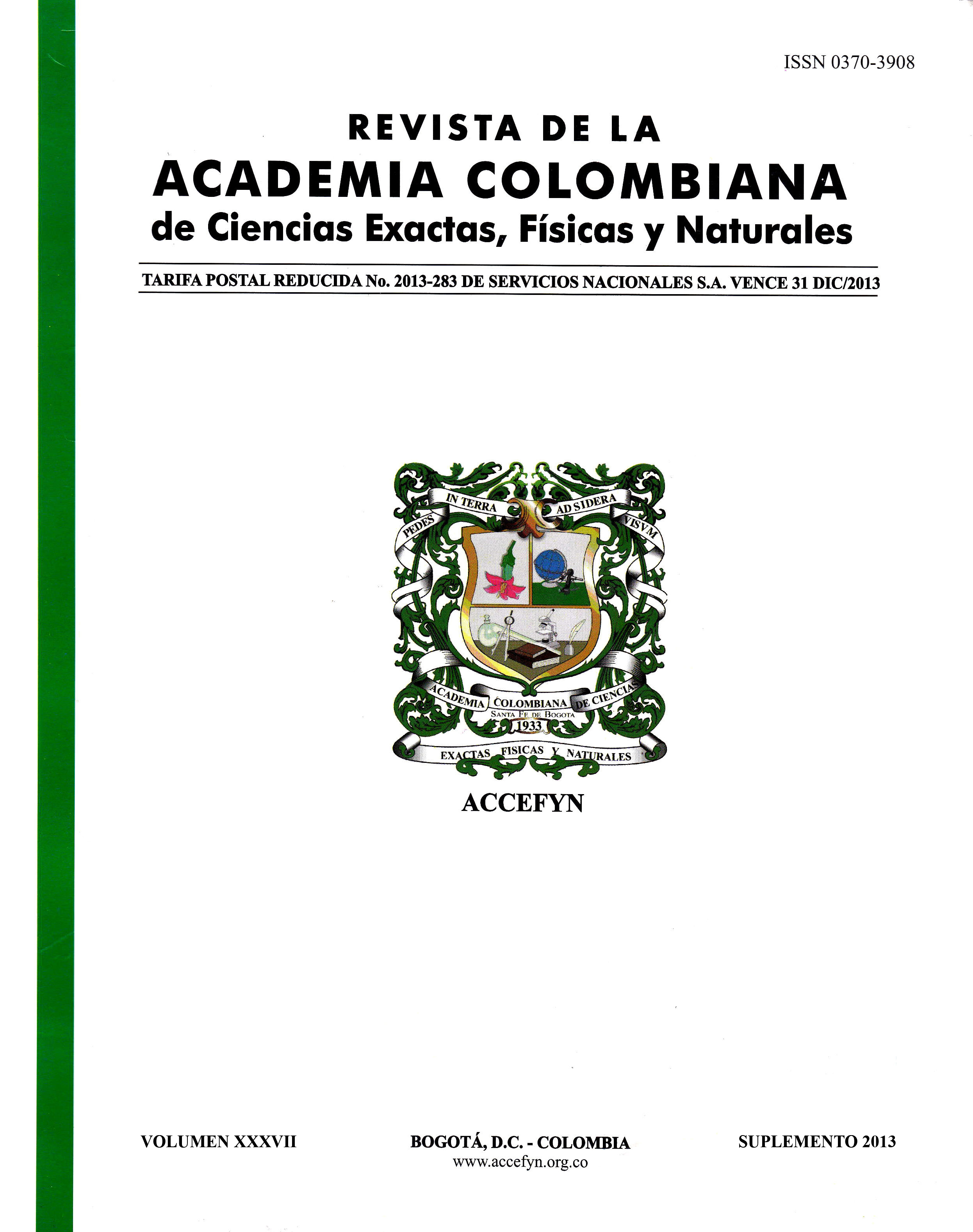Resumen
Considerando que el transporte electrónico mediante la polarización de espín tiene un alto potencial en aplicaciones de dispositivos electrónicos, haciendo relevante el estudio de los efectos físicos inherentes al espín; se muestran con este trabajo resultados teóricos que permiten realizar investigaciones sobre posibles heteroestructuras óptimas para la fabricación de filtros de espín. La polarización de espín se analiza mediante el tunelamiento resonante en una doble barrera de potencial considerando la heteroestructura semiconductora de GaAs/Ga, Al As/GaAs. El modelo fisico-matemático que se presenta incluye la interacción de acoplamiento de espín tipo: k3-Dresselhaus y Rashba en las barreras, Rashba antes y después de ellas y Dresselhaus en el pozo. Además toda la heteroestructura es sometida a campo magnético constante y a presión hidrostática (PH); debido a estos efectos adicionales, el modelo también considera el factor g de Landé como función de la PH. Los cáiculos obtenidos para la polarización de espín está en función de la energía aplicada al electrón, el campo magnético y PH fijas.
Referencias
G. Schmidt et al., "Fundamental obstacle for electrical spin injection from a ferromagnetic metal into a diffusive semiconductor", Phys. Rev. B, vol. 62, pp. R4790-R4793, 2000.
E. J. Rashba, "Theory of electrical spin injection: Tunnel contacts as a solution of the conductivity mismatch problem", Phys. Rev. B, vol. 62, pp. R16267-R16270, 2000.
Q. Sun et al., "Quantum transport theory for nanostructures with Rashba spin-orbital interaction", Phys. Rev. B, vol. 71, pp. 165310: 1-11, 2005.
Q. Sun and X. C. Xie, "Spontaneous spin-polarized current in a nonuniform Rashba interaction system", Phys. Rev. B, vol. 71, pp. 155321: 1-6, 2005.
V. I. Perel et al., "Spin-dependent tunneling through a symmetric barrier", Phys. Rev. B, vol. 67, pp. 201304:1-3, 2003.
K. Gnanasekar and K. Navanecthakrishnan, "Spin-polarized resonant tunneling in double-barrier structure", Phys. E, vol. 28, pp. 328-335, 2005.
A. John Peter, "Electron-spin polarization in a non-magnetic heterostructure", Phys. Let. A, vol. 372, pp. 5239-5242, 2008.
A. M. Elabsy, "Effect of the T' X crossover on the binding energies of confined donors in single GaAs/AlGaAs quantum-well microstructures", J. Phys. Condens. Matter, vol. 6, pp. 10025-10030, 1994.
J. A. Zuñiga et al., "Tunneling in a double Poschl-Teller potential barrier under hydrostatic pressure", RCE, vol. 43, pp. 812-817, 2011.
Mohammad Reza Khayatzadeh Mahani, "Influence of in-plane magnetic on spin polarization in the presence of the oft-neglected k^-Dresselhaus spin-orbit coupling", Phys. Let. A, vol. 372, pp. 6022-6025, 2008.
Jian-Dou Lu and Jian-Wen Li, "The effects of Dresselhaus and rashba spin-orbit intereactions on the electron tunneling in a non-magnetic heterostructure", Applied Surface Science, vol. 256, pp. 4027-4030, 2010.
M. A. Toloza Sandoval et al., "Rashba and Dresselhaus spin-orbit interaction strength in GaAs/GaAlAs heterojunctions", Phys. Procedia, vol. 28, pp. 95-98, 2012.
Robert H Silshee, "Spin-orbit induced coupling of charge current and spin polarization", J. Phys.: Condens. Matter, vol. 16, pp. R179-R207, 2004.
Hu Li-Yun and Zhou Bin, "Spin-dependent Breit-Wigner and Fano resonances in photon-assisted electron transport through a semiconductor heterostructure", Chin. Phys. B, vol. 20, pp. 067201:1-8, 2011.
J.R. Mejia-Salazar, "Hydrostatic pressure and coupling-barrier effects on the cyclotron effective mass and Landé g factor in GaAs-GaAlAs double coupled quantum wells", Phys. E, vol. 44, pp. 1196-1201, 2012.

Esta obra está bajo una licencia internacional Creative Commons Atribución-NoComercial-SinDerivadas 4.0.
Derechos de autor 2024 https://creativecommons.org/licenses/by-nc-nd/4.0

